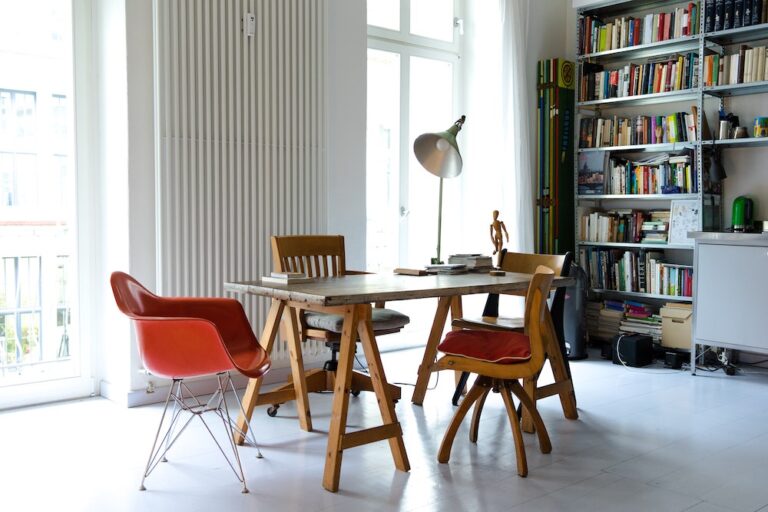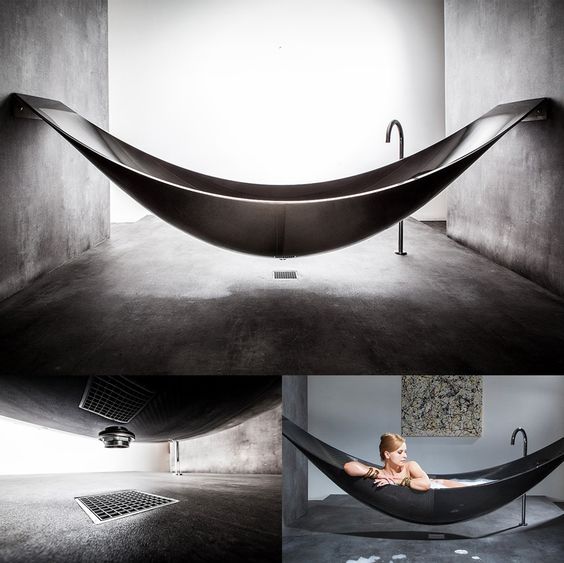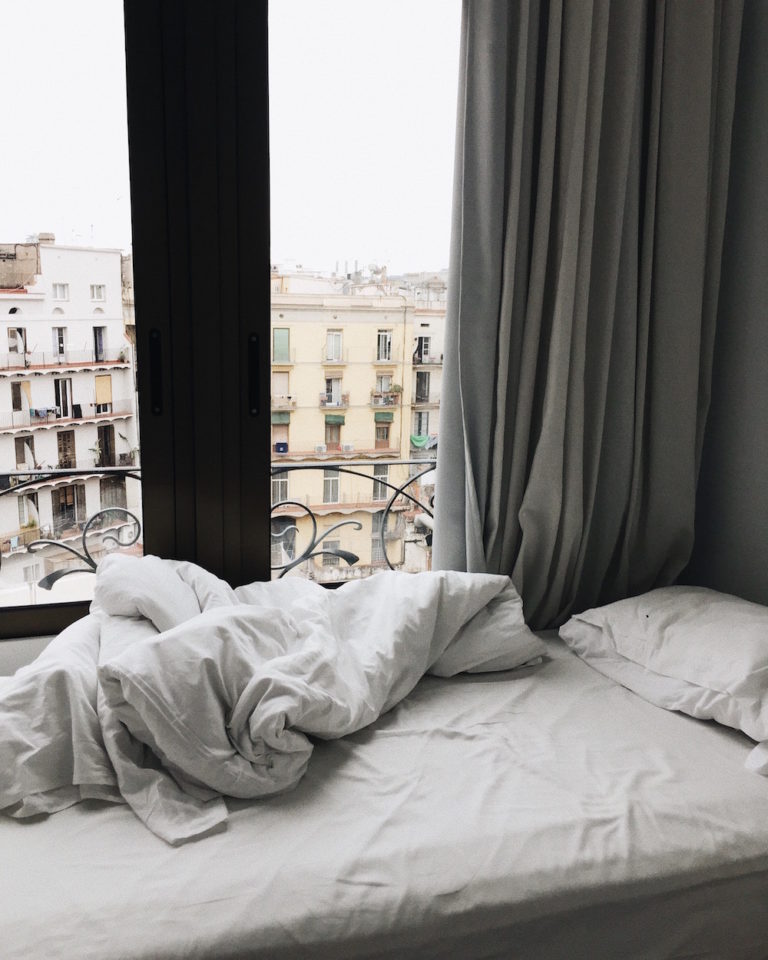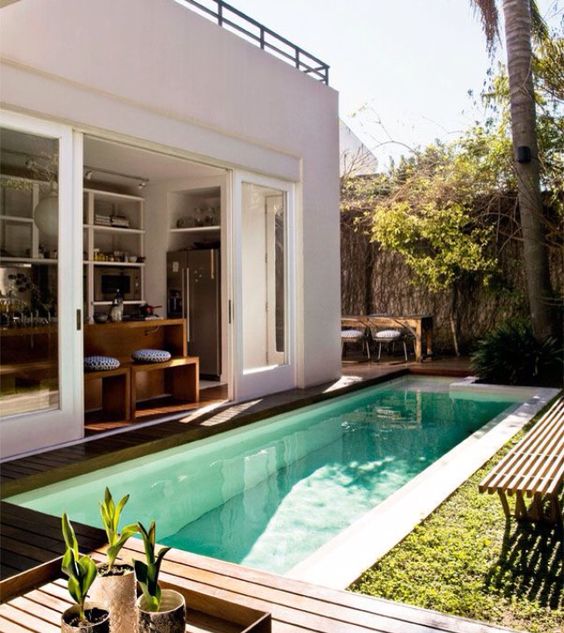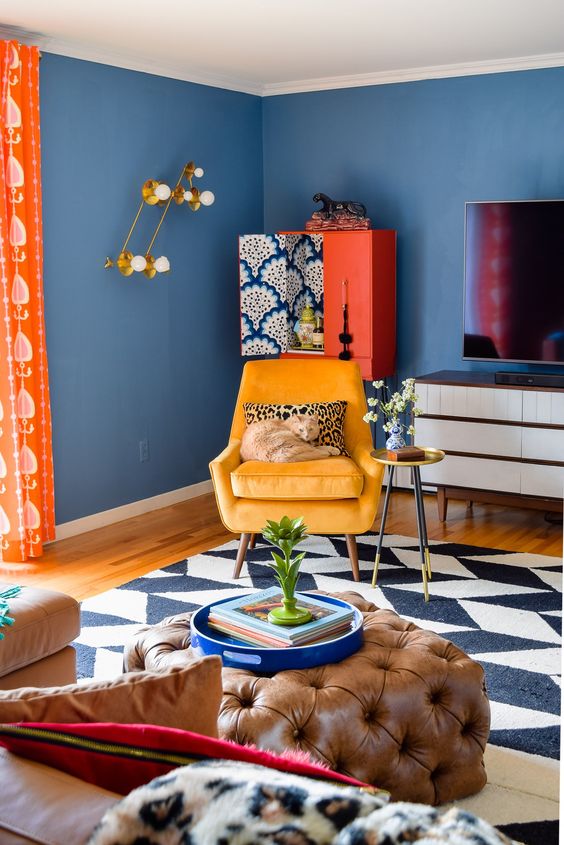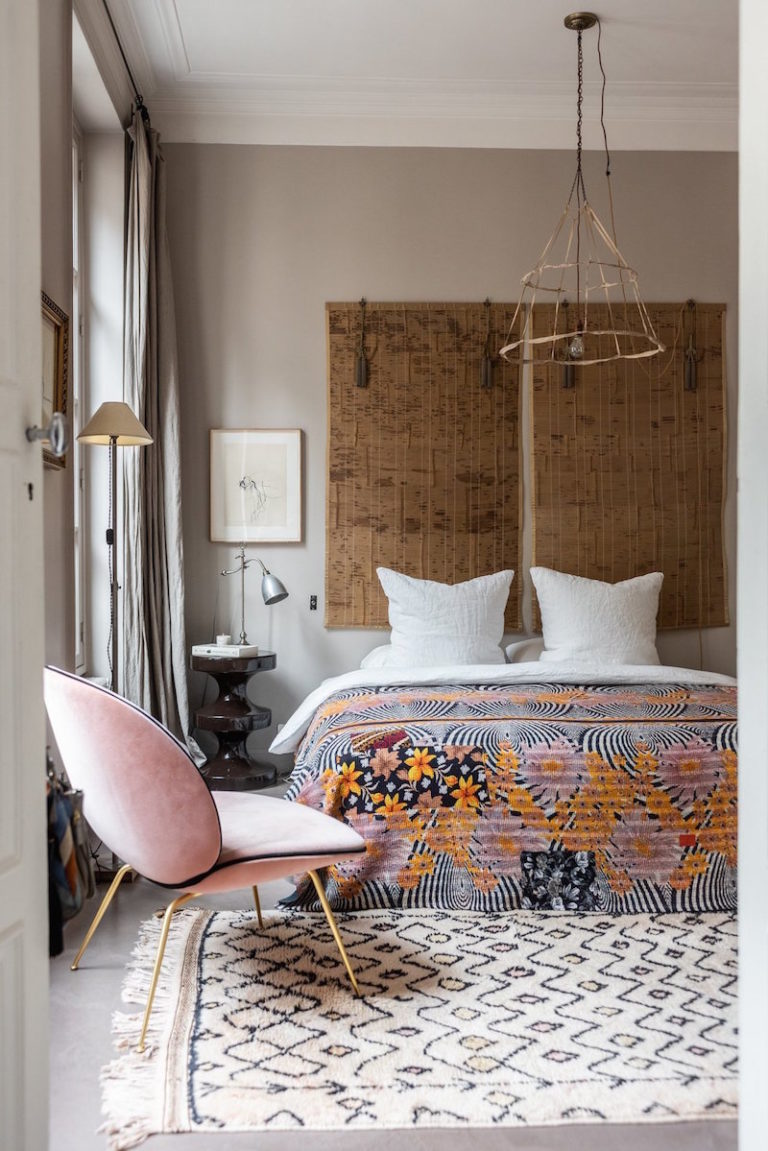Give your Home Captivating Mid-century Modern Design Touch
Mid-century modern design first introduced in 1950s and 1960s with its sleek lines and eased-back appeal is finding its way into modern home interior designs. It is influenced by the change of trends how we see things around us, sliding toward simpler and more aesthetically pleasing forms like Apple products, fixed-gear bikes and the vast popularity of shows like Mad Men. Let’s see what you can do to recreate your home in the style of the era when the American economy shifted into fast gear.
Irresistible Simplicity of Early Space Age
The mid-century modern design was the first marriage of home décor and minimalism. Its main tenets were visual simplicity and aesthetic forms. Now, after more than half a century, the wheel in the sky seems to have turned. However, the reasons why we love these minimalistic and streamlined styles is not so an artistic statement, as it is lack of resources, environmental concerns and the global financial stagnation. Mid-century modern is based on getting rid of everything unnecessary, while praising clean lines, sculptural furniture and ample smooth curves. If you are already leaning towards minimalism in your home décor, you are already one step ahead.

The Fannin project by Chris Nguyen:
Décor Based on Sculptural Form
Without too much crowding, a few timeless pieces in your living room, dining room or bedroom will give it that unique mid-century modern touch with no need for extensive renovation. Often copied, never duplicated Eames Lounger or a minimal mind-puzzling Noguchi coffee table are pieces that will last for a lifetime. Alternatively, if your budget is thinned, flea markets are crawling with authentic mid-century modern pieces like vases, coffee tables, artwork, etc. Even more affordable are the modern replicas, just make sure to procure them through a reputable dealer.
Furniture Design
Almost instantly recognized for its straight, clean lines ending in smooth, sexy and curved angles, mid-century modern furniture rarely involves intricate ornamentation or upholstery. It relies heavily on wooden construction but it isn’t shy of fiberglass or metal either. Two-tone patterns are predominant in this period design. Large potted plants and colorful, abstract posters lend themselves greatly to mid-century modern furniture pieces.
How to Choose a Rug?
When selecting a right rug for your mid-century modern room, you should keep in mind that as a predecessor of the modern design movement, mid-century modern favored asymmetrical, abstract shapes. In that sense, you can even go with the patterns and shapes that are not strictly mid-century, but the safest combination is a solid color rug designers recommend, as well as a classic Moroccan rug in black and white.
Mid-century Color Schemes
It is easier to plan your furniture and décor selection once you have picked the right colors. The mid-century modern color palette can be defined as the mix of darker neutral tones with saturated accent colors. Whatever you do, best stick to the proven and effective 60-30-10 rule. That means that you should use 60% of dominant base color, 30% secondary color and 10% accent color. Wooden elements should also be painted, with little or no natural wood grain showing.
Geometric Lighting
Central to mid-century modern design, floor and table lamps are characterized by straight, geometric lines or curved contours. They are noticeable the moment you enter a room, as their contrasting shapes make a bold statement. The material of choice is finished metal or less common wood.
Our 21st-century trends that lead us to constant minimization and squeezing multipurpose and multitasking capabilities into smaller and sleeker gadgets has naturally lead us to the reinvention of the mid-century modern design. And it fits perfectly.






